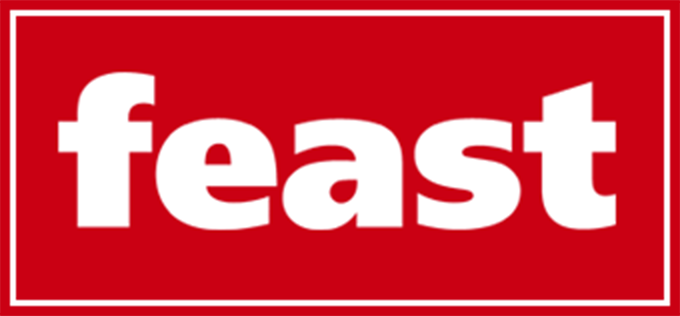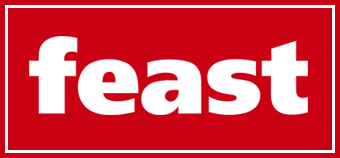Introduction to Minimum Order Quantity (MOQ)
In the world of manufacturing and retail, the term Minimum Order Quantity (MOQ) is frequently encountered. It refers to the smallest quantity of a product that a supplier is willing to sell to a buyer. Typically, MOQs are set by manufacturers to ensure that production costs are covered and profit margins are maintained. However, as the business landscape evolves, so too does the concept of MOQ, leading us into the realm of low MOQs.
Understanding Low MOQ
Low MOQ signifies a reduced threshold that allows businesses, particularly small enterprises and start-ups, to purchase smaller quantities of products without incurring significant financial risk. This approach has become increasingly popular in recent years as e-commerce and consumer demand for personalized products have surged.
The traditional high MOQ often discourages new businesses from entering the market due to the upfront investment required. In contrast, low MOQs enable companies to test new products, gather customer feedback, and respond swiftly to market trends without overcommitting financially.
Benefits of Low MOQ for Businesses
The advantages of low MOQs are numerous and can significantly impact how businesses operate:
1. Lower Financial Risk: By allowing smaller orders, businesses can avoid the financial burden of overstocking products that may not sell.
2. Flexibility and Agility: Companies can quickly adapt their offerings based on consumer preferences or seasonal trends without being tied down by large inventories.
3. Opportunity for Testing: Start-ups can experiment with different products or designs before deciding on larger orders based on initial sales performance.
4. Easier Cash Flow Management: Smaller orders mean lower initial investments, which can improve cash flow and allow funds to be allocated elsewhere in the business.
5. Customization Options: Many suppliers such as Totallybranded offering low MOQs are also open to customization, allowing brands to create unique products tailored to their target market.
Totally Branded exemplifies these advantages by providing low MOQ options that empower businesses to explore creative possibilities without financial strain.
Challenges Associated with Low MOQ
While low MOQs present numerous benefits, they are not without their challenges:
1. Higher Per-Unit Costs: When purchasing smaller quantities, businesses may face higher per-unit prices compared to bulk ordering; this can affect profit margins.
2. Limited Supplier Options: Not all suppliers offer low MOQs, which can narrow down choices for businesses seeking quality products at affordable rates.
3. Longer Lead Times: Suppliers who accommodate low MOQs may require more time for production and shipping due to the smaller scale of operations.
4. Quality Control Risks: Smaller batches may lead to inconsistencies in quality if not managed properly by the supplier.
5. Inventory Management: Although reduced inventory levels can be beneficial, frequent reordering can complicate inventory management processes.
Understanding these challenges allows businesses to navigate potential pitfalls while reaping the rewards associated with low MOQs.
How to Find Suppliers Offering Low MOQ
Finding reliable suppliers who offer low MOQs is crucial for any business looking to take advantage of this modern approach:
1. Online Marketplaces: Platforms such as Alibaba or Etsy provide access to numerous suppliers who cater specifically to small businesses and offer flexible ordering options.
2. Trade Shows: Attending industry-specific trade shows allows businesses to interact directly with suppliers and negotiate terms that include low MOQs.
3. Supplier Directories: Utilize directories like ThomasNet or Maker’s Row where many manufacturers list their capabilities, including their MOQ policies.
4. Networking: Engaging in business networking events or forums can lead you to recommendations for reputable suppliers who support low order quantities.
5. Social Media Groups: Many entrepreneurs share resources and experiences in Facebook groups or LinkedIn networks dedicated to specific industries.
By actively seeking out suppliers through these channels, businesses can find suitable partners who align with their needs while offering flexibility in order quantities.
Strategies for Working with Low MOQ Suppliers
Once you have identified potential suppliers offering low MOQs, it is essential to develop effective strategies for collaboration:
1. Establish Clear Communication: Make sure both parties understand expectations regarding product quality, delivery times, and payment terms right from the start.
2. Build Relationships: Developing strong relationships with suppliers can lead to better terms over time as they become more familiar with your business needs.
3. Negotiate Terms: Don’t hesitate to discuss your requirements openly; some suppliers may be willing to lower their minimums further based on your commitment level or future order potential.
4. Request Samples: Always ask for product samples before placing an order; this ensures that you will receive quality goods that meet your standards.
5. Monitor Performance: Keep track of supplier performance regarding delivery times and product quality; consistent communication helps address issues proactively.
These strategies foster a productive partnership between businesses and suppliers while maximizing the benefits associated with low MOQs.
Case Studies: Brands That Thrive with Low MOQ
Several brands have successfully leveraged low MOQs as part of their growth strategies:
1. Totally Branded: This company has made a name for itself by offering customizable promotional products at low MOQs, allowing small businesses access to branding tools without excessive upfront costs.
2. Glossier: This beauty brand began as a small player in the cosmetics market by using low MOQs during its launch phase; it tested various products until finding its best sellers while maintaining minimal financial risk.
3. Warby Parker: By initially keeping its product offerings limited and utilizing low MOQs from suppliers, Warby Parker was able to gauge consumer interest effectively before expanding its line of eyewear dramatically.
These case studies illustrate how embracing low MOQ strategies can facilitate innovation and market responsiveness while minimizing risk for emerging brands.
The Future of Low MOQ in E-Commerce
As e-commerce continues its rapid expansion, the significance of low MOQs is expected to grow further:
1. Increased Customization Demand: Consumers are increasingly seeking personalized products; therefore, suppliers who accommodate lower quantities will likely thrive by meeting this demand effectively.
2. Sustainable Practices: Businesses are becoming more environmentally conscious; lower order quantities reduce waste and encourage sustainable practices throughout supply chains.
3. Technological Advancements: As manufacturing technology advances (e.g., 3D printing), producing smaller batches efficiently will become even more feasible for suppliers, further promoting low MOQs across various industries.
4. Consumer Trends Influence: With changing consumer behaviors towards fast fashion and instant gratification, manufacturers will need flexibility that accommodates shifting demands quickly through lower minimums.
Understanding these trends will help businesses align their strategies accordingly while remaining competitive in an ever-evolving marketplace focused on responsiveness and customization opportunities offered through low MOQs.
Embracing the concept of low minimum order quantities presents a transformative opportunity for businesses across various sectors—allowing them not only to reduce risks but also foster innovation in product offerings tailored precisely for today’s discerning consumer base while strengthening supplier relationships along the way.



